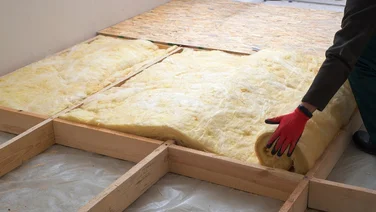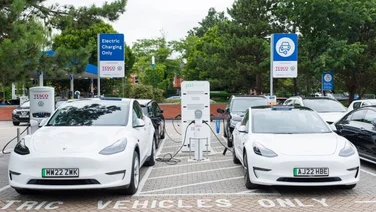- Only 10% of Halloween products are sustainable
- Discarded pumpkins account for 18,000 tonnes of waste a year
- Shopping local is the best way to celebrate Halloween and be green
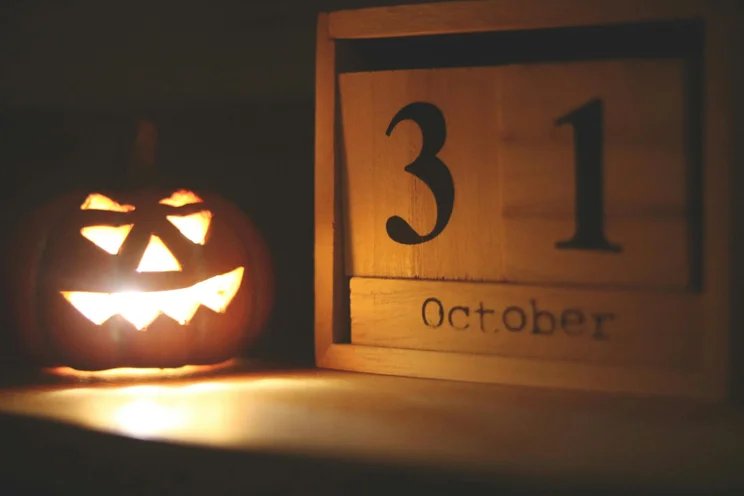
Halloween is one of the biggest holidays in the UK, and while it comes with the chance to dress up in costumes, carve pumpkins and go trick-or-treating, celebrating irresponsibly can hurt the planet.
Data collected by climate charity Hubbub shows that in 2024, around 39 million people in the UK dressed up for Halloween, with a predicted 79% of households with children doing so this year.
In the month leading up to 31 October, Google has seen a 5,000% increase in UK searches for ‘Halloween costumes’ and a 400% increase in ‘pumpkin carving ideas’, proof of the huge demand for celebrating the festival.
However, this all comes with waste, including discarded pumpkins, plastic costumes and decorations, all of which makes Halloween the second-biggest waste-producing holiday in the UK after Christmas.
Green Tulip, a retailer that offers sustainably-sourced products, estimates that only 10% of Halloween waste is recycled, with as 70% ending up on a landfill and the remaining 20% being incinerated.
The company says that about 22.2 million pumpkins went to waste in 2022’s Halloween, the same as £32.6m of wasted edible food.
According to Miroslav Radov, waste expert at Rainbow Rubbish Removals, much of Halloween’s waste is avoidable.
“With Halloween celebrations growing every year, the environmental impact is increasing, creating what councils are calling a ‘frightening trend’ of seasonal waste that puts further strain on local recycling and collection services,” he explained.
This all means it is more important than ever before to celebrate Halloween in a green-friendly way.
There are plenty of things that you can do to make sure you protect the plant while celebrating Halloween. Long term we recommend, installing solar panels and heat pumps are the best ways to cut your carbon, but making changes for Halloween can help you do your part in creating a more sustainable event for everyone.
In this guide, we’re taking a look at what’s being done in an effort to reduce Halloween waste and the damage it does to the environment.

Get free solar panel quotes
Answer a few quick questions, and our trusted installers will send you bespoke solar panel quotes – for free.
Pumpkin carving
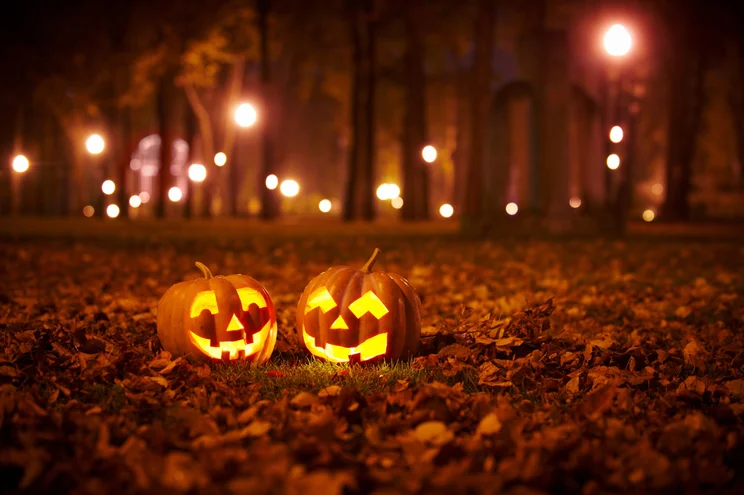
Roughly 42% of UK consumers buy a pumpkin for carving, the equivalent of 30 million pumpkins. According to the World Economic Forum, discarded edible pumpkin accounts for 18,000 tons of food waste annually.
On top of that it can take up to 20 years for a pumpkin to break down in a landfill, releasing methane which contributes to climate change.
However, consumers are doing their part to make a change. Just under half of the 30 million pumpkins are locally sourced, which means they have a smaller carbon footprint. Local councils across the UK are also getting involved, running pumpkin collection and composting schemes in order to minimise the impact.
Emma Stokes, previous Worcestershire County Council’s Cabinet Member for the Environment, said: “People might think leaving pumpkins out for wildlife is a good idea, but rotting pumpkins can actually harm animals, especially hedgehogs.
“We encourage everyone to enjoy their pumpkins to the fullest so try out some new recipes, or dispose of pumpkins responsibly by composting or repurposing.”
Pumpkins can be turned into a variety of tasty meals, including staples like pasta, soup and bread, or can be used as compost in your own garden.
How can I recycle my pumpkin?
Your local council might offer a pumpkin collection service, in which case there will be a temporary drop-off point, usually a large bin in a car park or somewhere similar. If you council doesn’t offer this, your pumpkin can still be disposed of responsibly.
Probably the most common way to recycle your pumpkin is to put it in your food waste bin. Some councils also recommend putting your pumpkin in a garden waste bin. However you do it, the most important things to remember are:
- Remove the candle, wax or any other decoration on the pumpkin
- Chop up the pumpkin into smaller pieces
Doing these things will make sure you pumpkin can be recycled properly.
Pumpkins are treated as organic waste and sent to facilities for anaerobic digestion, which produces for electricity and organic fertiliser.
Trick-or-treat!
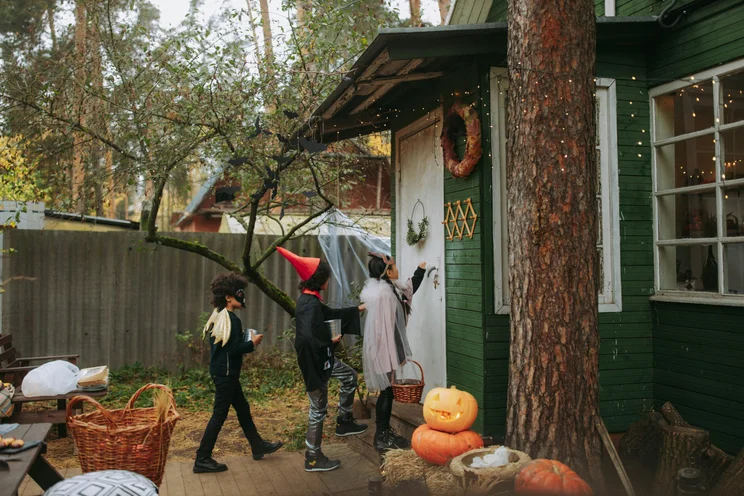
According to the National Retail Federation (NRF), £1.9bn is spent on sweets and chocolates for Halloween globally every year, and over £303m of that figure is spent on sweets that don’t get eaten.
Commercial waste service company, Waste Managed, suggests that every trick-or-treater produces 0.5kg of rubbish, based on plastic sweet wrappers, unsustainable ingredients and waste volume, as well as costumes worn only once.
This results in a huge surge of unrecyclable plastic ending up in landfills.
Additionally, many chocolates also use palm oil, a leading cause of deforestation, habitat destruction, and a large contributor to greenhouse gas emissions.
According to the Deloitte Global Gen Z and Millennial Survey, 61% of those surveyed prefer to buy from brands committed to sustainability. As a result, more brands are swapping to paper packaging, using fair-trade, ethically sourced and non-artificial ingredients.
Quality Street, for example, switched to paper wrapped sweets in 2022 in an effort to reduce their carbon footprint. This allowed them to remove almost 2.5 billion individual pieces of packaging material from its supply chain. It followed in the footsteps of Smarties, another Nestlé confectionery brand, which introduced recyclable paper packaging in 2021.
If you want to make even more of a difference this Halloween, consider purchasing your confectionary from eco-conscious companies that specialise in environmentally friendly products. Alternatively you can make your own homemade treats to reduce packaging altogether.
Halloween costumes

A 2024 study conducted by the National Union of Students (NUS) suggests an extraordinary seven million Halloween costumes are thrown away in the UK every year, or an estimated 2,000 tonnes of plastic waste. This is the equivalent of 83 million plastic bottles.
A huge majority, 83%, of these costumes are made from polyester and take anywhere from 20 – 200 years to decompose, releasing microplastics and greenhouse gases.
Giles Hughes, chief executive at West Oxfordshire District Council, said people should consider second hand costumes as a way of being more sustainable.
Some councils have introduced a costume swap initiative in an attempt to reduce the amount of single use costumes purchased. In North Yorkshire, the council has redistributed outfit and accessory donations from Northallerton, Scarborough, Selby, and Ripon libraries and now has swap shops open.
These shops will run between the 20 – 31 October. The council said the goal of the initiative is “encouraging sustainable living and reducing single-use waste”.
But even if your local council isn’t offering a swap shop scheme, that doesn’t stop you from trading costumes with a friend, shopping second-hand to cut down on single-use plastics, or even making your own costume using upcycled old clothes and household materials.
If you’re still looking to buy a Halloween costume, there are many stores that rent outfits, and some sustainable fashion companies offer Halloween costume pieces that double as everyday wear in an attempt to overcome single-use purchases.
Halloween decorations
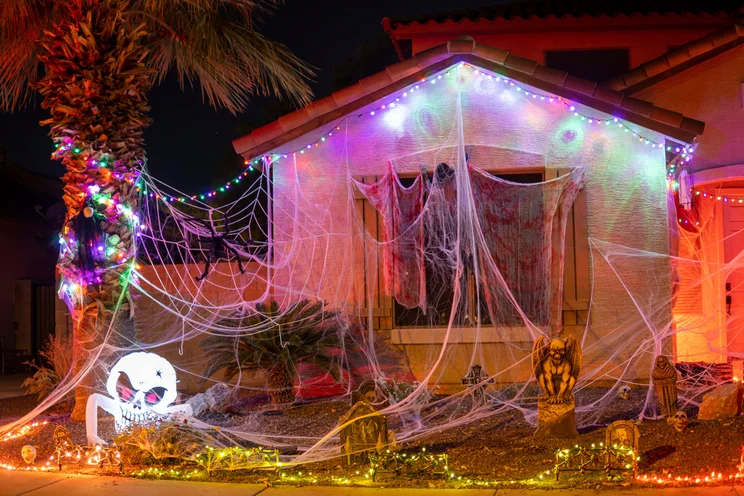
Data from Green Tulip shows that the reason only 10% of Halloween waste is recycled is that many items are made of plastic or synthetic fibers like polyester and nylon, which can’t be recycled normally.
Many people believe that using cardboard as an alternative is a sustainable choice, which it is. However, if it’s covered in paint, glue or glitter, it can be rejected from recycling plants.
For those wanting to avoid plastics completely, there are biodegradable alternatives to the usual décor. Decorations made from natural materials such as straw and wood are good replacements, as well as using fabric banners and paper garlands to decorate.
Also consider keeping your Halloween decorations to reuse the following year.
Summary
Halloween is often a lot more damaging to the environment than we realise, but there’s great potential to commit to sustainable choices. These are small steps we can take to lessen the environmental impact we have:
- Purchase locally grown pumpkins and turn them into a delicious meal once their days of being a jack-o-lantern are over.
- Hire a Halloween costume rather than buying a cheap plastic outfit to avoid throwing it away the next day. Alternatively, consider making your own Halloween costume, or swapping it with a friend.
- Use biodegradable alternatives to plastic decorations, including wood, straw, paper and cardboard.
- Buy your confectionary from eco-conscious companies or those that specialise in environmentally friendly products. Alternatively you can make your own homemade treats to reduce packaging altogether.
- Check to see what your local council is offering in regards to a more sustainable Halloween, including pumpkin recycling and costume swaps.





